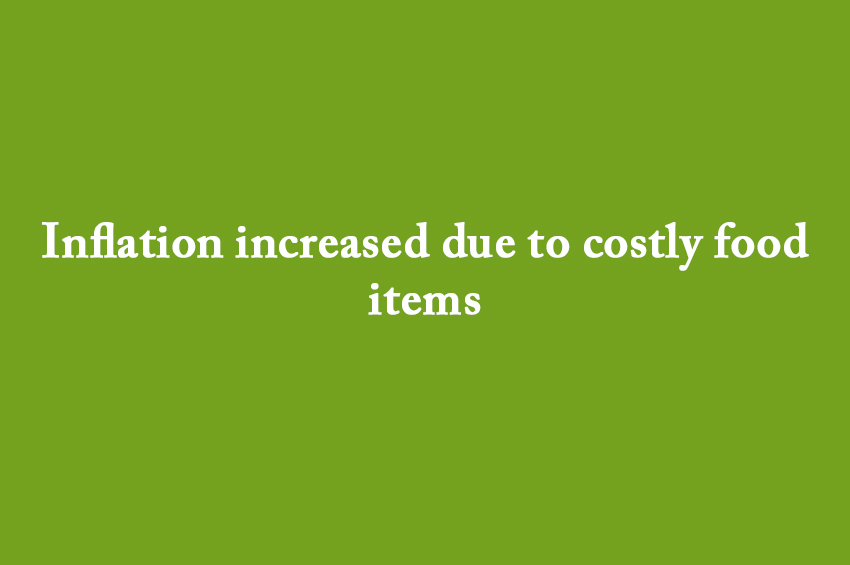Winning Bizness Desk
Mumbai. After inflation seemed under control for a few months before the Lok Sabha elections, people are again facing this same perennial problem. Data shows that retail inflation has increased to 5.08% in June, which is the highest level in 4 months. Earlier, inflation was 4.85% in April while it was 4.75% in the month of May. The National Statistical Office released these figures on Friday, July 12, which shows that inflation has increased due to costly food items. Food inflation has increased from 8.69 to 9.36%. At the same time, urban inflation has also increased from 4.21% to 4.39% on a month-on-month basis. Rural inflation has also increased from 5.34% to 5.66%. Inflation is directly related to purchasing power. For example, if the inflation rate is 6%, then the value of Rs 100 earned will be only Rs 94. Therefore, one should invest keeping inflation in mind. Otherwise, the value of your money will decrease.
How does inflation increase and decrease?
It is well known that the increase and decrease of inflation depends on the demand and supply of the product. If people have more money, they will buy more things. Buying more things will increase the demand for things and if the supply is not according to the demand, the price of these things will increase. In this way, the market comes under the grip of inflation. In simple words, excessive flow of money in the market or shortage of things causes inflation. On the other hand, if the demand is less and the supply is more, then inflation will be less. The Reserve Bank keeps trying to control inflation by affecting the flow of money in the market.
CPI determines inflation
As a customer, everyone buys goods from the retail market. The Consumer Price Index (CPI) shows the change in prices related to this. CPI measures the average price we pay for goods and services. Apart from crude oil, commodity prices, manufactured cost, there are many other things which play an important role in determining the retail inflation rate. There are about 300 items on the basis of whose prices the retail inflation rate is decided.


